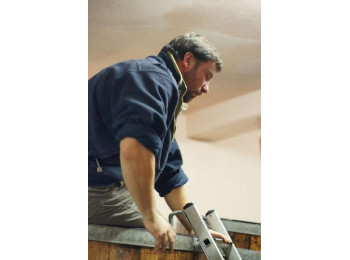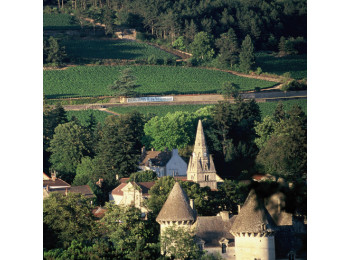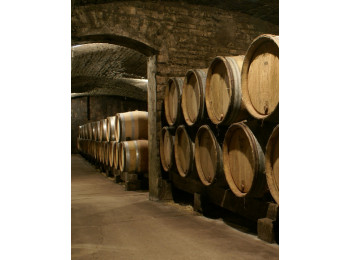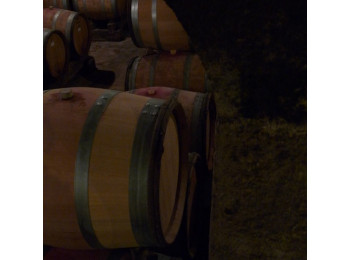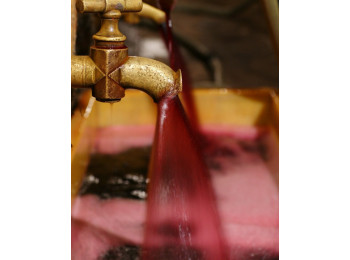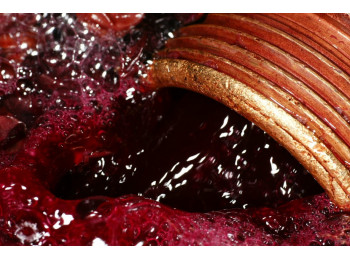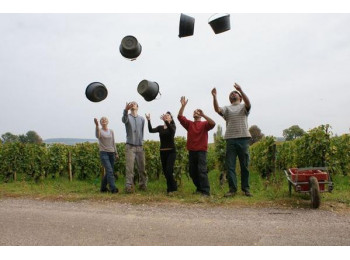Internationally renown as one the best producer in Savigny-lès-Beaune, Domaine Jean-Marc and Hugues Pavelot has been handed down from father to son for several generations, thus guaranteeing the know-how that has made its reputation.
Today, the property extends over 13 hectares, mainly in the commune of Savigny-lès-Beaune, but also in Beaune and Aloxe-Corton.
They produce a dozen wines with very varied typicity. These differences are closely linked to the notion of terroir, a particularity of Burgundian viticulture. Each name or climate is therefore the expression of a fairly complex association between the geology of the place, its topography and even its history.
The vineyard operation aims to produce beautiful, mature grapes, intended for the production of high quality wines. The essential yield control is achieved through restrictive pruning, targeted and limited organic fertilization, serious disbudding and is supplemented, if necessary, by green harvesting. The harvest is done manually at good maturity, a first sorting of the harvest being carried out in the vineyard.
The wines are aged on lees and then racked to be unified by appellation for bottling. They can however be kept in vats for a few more months. Bottling will take place after a period of aging from 12 to 14 months and from 14 to 16 months for the village and premier cru appellations, respectively.
Internationally renown as one the best producer in Savigny-lès-Beaune, Domaine Jean-Marc and Hugues Pavelot has been handed down from father to son for several generations, thus guaranteeing the know-how that has made its reputation.
Today, the property extends over 13 hectares, mainly in the commune of Savigny-lès-Beaune, but also in Beaune and Aloxe-Corton.
They produce a dozen wines with very varied typicity. These differences are closely linked to the notion of terroir, a particularity of Burgundian viticulture. Each name or climate is therefore the expression of a fairly complex association between the geology of the place, its topography and even its history.
The vineyard operation aims to produce beautiful, mature grapes, intended for the production of high quality wines. The essential yield control is achieved through restrictive pruning, targeted and limited organic fertilization, serious disbudding and is supplemented, if necessary, by green harvesting. The harvest is done manually at good maturity, a first sorting of the harvest being carried out in the vineyard.
The wines are aged on lees and then racked to be unified by appellation for bottling. They can however be kept in vats for a few more months. Bottling will take place after a period of aging from 12 to 14 months and from 14 to 16 months for the village and premier cru appellations, respectively.
Read more
Read less
